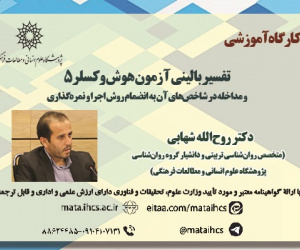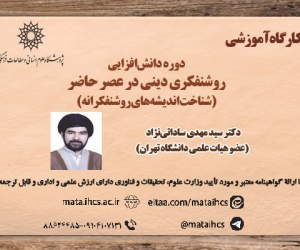ارایه روشی برای تهیه نقشه روشنایی معابر شهری با استفاده از موبایل مپینگ (نمونه موردی: معابر شهر اهواز)
آرشیو
چکیده
زمینه و هدف: روشنایی معابر به عنوان یکی از عوامل کلیدی در تأمین ایمنی و کیفیت زندگی شهروندان اهمیت بالایی دارد. این پژوهش به بررسی روشی نوین برای تهیه نقشه روشنایی معابر شهری با استفاده از تکنیک های موبایل مپینگ می پردازد. با توجه به چالش های موجود در ارزیابی و مدیریت روشنایی معابر، تحقیق حاضر به تحلیل وضعیت روشنایی معابر شهر اهواز پرداخته است. در این پژوهش، از فناوری های لیزراسکن و موبایل مپینگ به همراه نرم افزارهای ArcGIS و Photoscan برای جمع آوری و تحلیل داده های دقیق از وضعیت روشنایی معابر استفاده شده است.روش بررسی: روش تحقیق تحلیلی- توصیفی بوده و داده ها شامل اطلاعات مربوط به شدت نور، توزیع روشنایی و شناسایی نقاط تاریک می باشد. با تحلیل این داده ها، نقشه های دقیقی از وضعیت روشنایی معابر تولید شده است.یافته ها و نتیجه گیری: نتایج نشان می دهد که حدود 30% از معابر مورد بررسی نیاز به بهبود روشنایی دارند. دقت نقشه های تولید شده حدود 80% برآورد شده است و این نشان دهنده قابلیت بالای این روش در ارائه اطلاعات دقیق و کاربردی برای مدیران شهری است. نتایج می تواند به مدیران شهری در اتخاذ تصمیمات بهتر در زمینه بهبود روشنایی معابر کمک نماید. بهبود وضعیت روشنایی معابر می تواند به افزایش ایمنی، کاهش جرم و جنایت و بهبود کیفیت زندگی شهروندان منجر شود. این مطالعه می تواند به عنوان یک الگو برای سایر شهرها نیز مورد استفاده قرار گیرد.Presentation of a Method for Creating a Street Lighting Map Using Mobile Mapping (Case Study: Streets of Ahvaz)
Background and Aim: Street lighting is a key factor in ensuring the safety and quality of life for citizens. This research examines a novel approach for mapping urban street lighting using mobile mapping techniques. Given the existing challenges in evaluating and managing street lighting, this study analyzes the lighting conditions of the streets in Ahvaz. In this research, laser scanning technology and mobile mapping, along with software such as ArcGIS and Photoscan, have been utilized to collect and analyze precise data regarding the state of street lighting.Methods and Material: The research methodology is descriptive-analytical, and the data includes information related to light intensity, lighting distribution, and the identification of dark spots. By analyzing this data, accurate maps of the street lighting conditions have been produced.Results and Discussion: The results indicate that approximately 30% of the surveyed streets require improved lighting. The accuracy of the generated maps is estimated to be around 80%, demonstrating the high capability of this method in providing precise and practical information for urban managers. This research assists urban managers in making better decisions regarding the enhancement of street lighting. Improving the state of street lighting can lead to increased safety, reduced crime rates, and improved quality of life for citizens. This study can also serve as a model for other cities..







